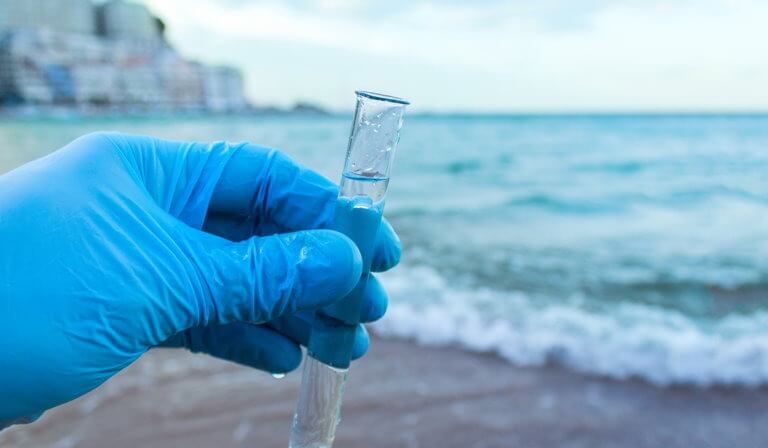
The Clean Water Case of the Century
Perhaps the headline is hyperbole, but maybe not. Earthjustice labeled the April 2020 County of Maui v. Hawaii Wildlife Fund U.S. Supreme Court decision as the headline notes – “The Clean Water Case of the Century.” In its article, The Potentially Enormous Impacts of the Supreme Court’s County of Maui v. Hawaii Wildlife Fund Decision, Wiley Law says that, “The Supreme Court’s Maui decision may prove to be one of the most impactful environmental law decisions in recent years. It is certain that environmental citizen groups and administrative agencies will test the outer limits of this newly pronounced application of the [Clean Water Act] CWA in the years to come.”
In the instant case, a Maui wastewater facility collected sewage, partially treated it, and discharged 4 million gallons of water a day into the ground through four wells. The discharged water then traveled about ½ mile into the Pacific Ocean. Environmental groups sued, saying that this was a discharge under the CWA and required a permit because the discharge met all the CWA-permitting requirements.
The Maui wastewater facility contended that CWA permitting does not apply if a pollutant emerged from a point source and must travel through any amount of groundwater before reaching a navigable water. Maui also said that the CWA phrase “from any point source” is not about where the pollution originated, but how it got there. If groundwater is the conveyance, no permit is required.
In the end, the U.S. Supreme Court decided that a permit is needed when there is a, “functional equivalent of a direct discharge.” Most importantly, the U.S. Supreme Court noted that, “The courts will provide additional guidance through decisions in individual cases.” The U.S. Supreme Court identified seven factors that are relevant to answering the question “Do you need a CWA Permit?” These inluded:
- Transit time
- Distance traveled
- The nature of the material through which the pollutant travels
- The extent to which a pollution is diluted or chemically changed as it travels
- The amount of pollutant entering the navigable waters relative to the amount of the pollutant that leaves the point source
- The manner by, or area in which the pollutant enters the navigable water
- The degree to which the pollutant has maintained its specific identity.
In theory, with a few exceptions, environmental non-governmental organizations (NGOs) could sue any discharger of pollutants to groundwater for not having an NPDES permit. All seven of the criteria established by the U.S. Supreme Court are criteria subject to expert (and non-expert) interpretation.
Kimberly Bick of Bicklaw LLP points out in her article, The Supreme Court, the EPA, and the Question of Federal Jurisdiction of the Clean Water Act, that it is not a leap to predict that courts will find that the injection of wastewater through wells into groundwater that is hydrologically connected to a navigable water body is the “functional equivalent” of a direct discharge. It is also not a leap to assume that future rulings will be appealed to the U.S. Supreme Court again in light of the Navigable Water Rule that excludes groundwater from the definition of Waters of the United States (WOTUS). Additionally, it is likely that one of the multiple challenges to the Navigable Water Rule, including the exclusion of groundwater from federal jurisdiction under the CWA, will reach the U.S. Supreme Court. One way or the other, the apparent contradiction between the U.S. Supreme Court’s “functional equivalent” test and the Navigable Water Rule’s definition of WOTUS will need to be resolved. Until it is, these two sources of federal jurisdiction will create uncertainty in an already complicated regulatory landscape that is the CWA.
Answering the many legal questions surrounding this latest ruling will require expert technical help. Environmental Standard’s Modelers and groundwater Scientists can assist clients as existing groundwater cases proceed and new cases emerge. For more information on our modeling services, please call Jonah Jackson, PE, at 434.293.4039.

